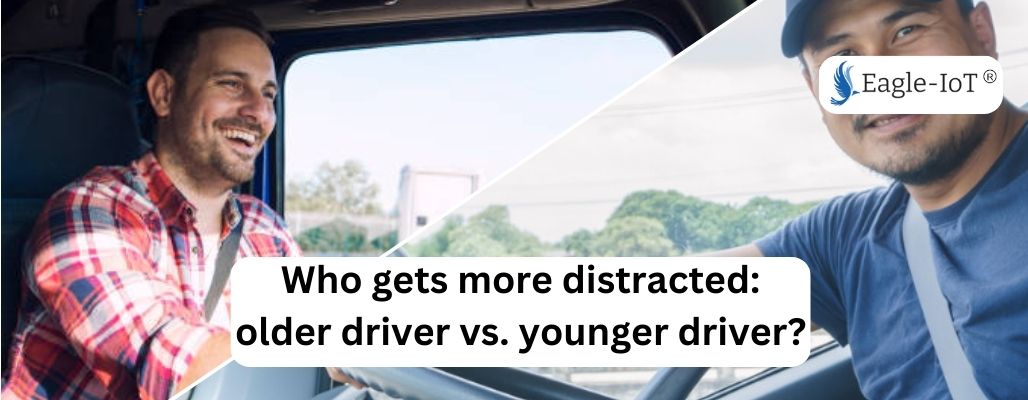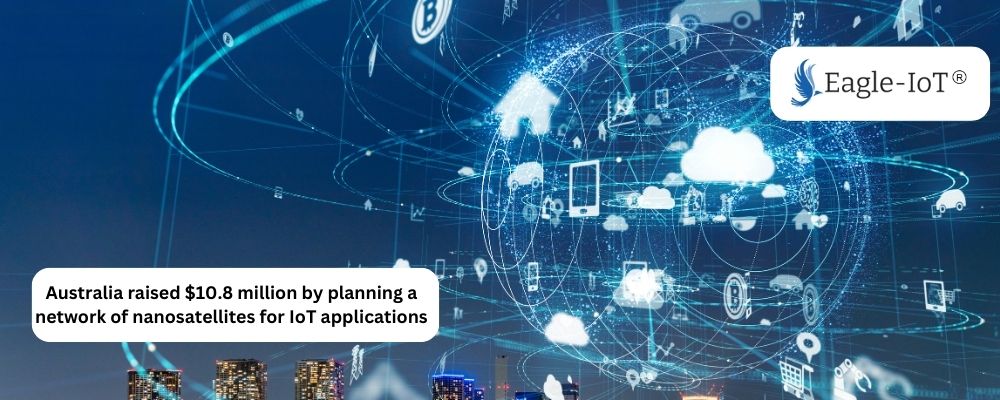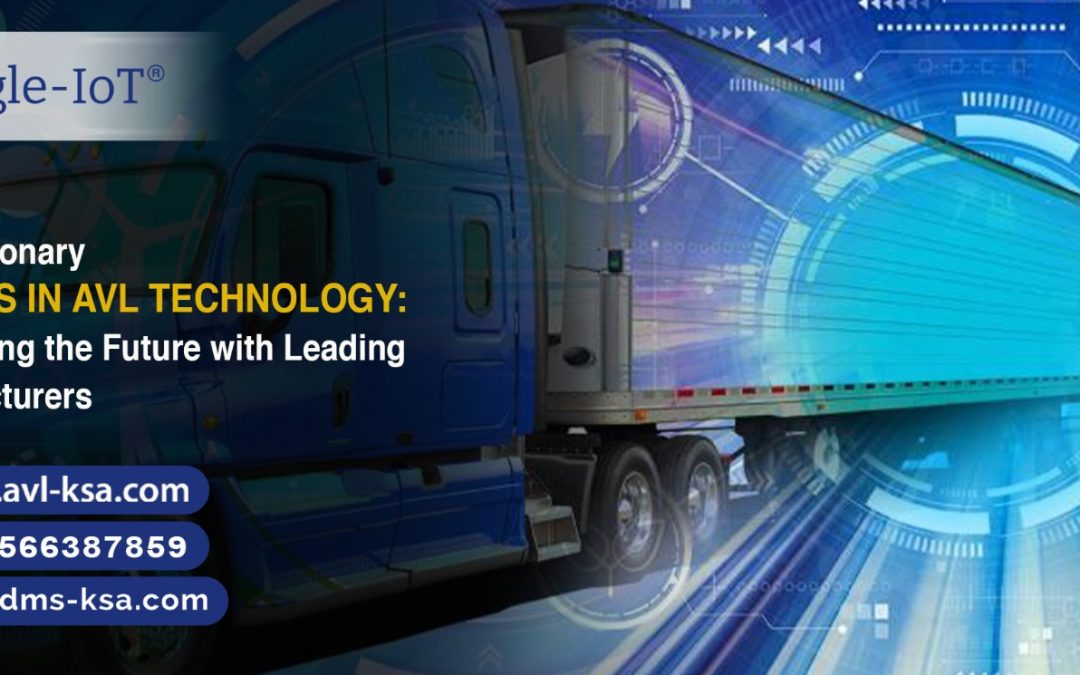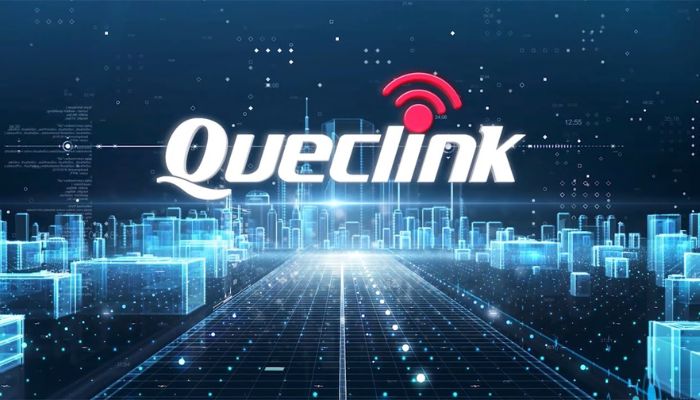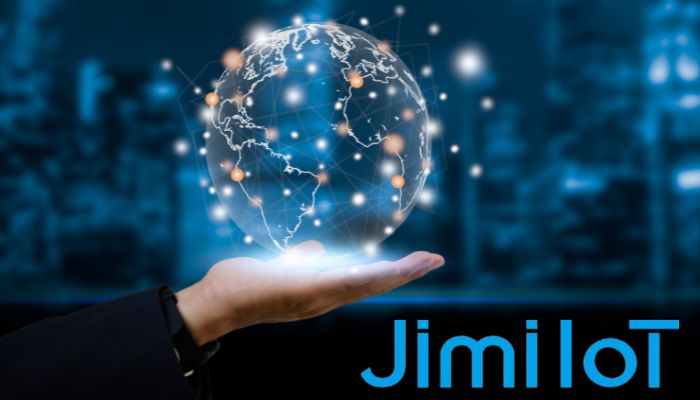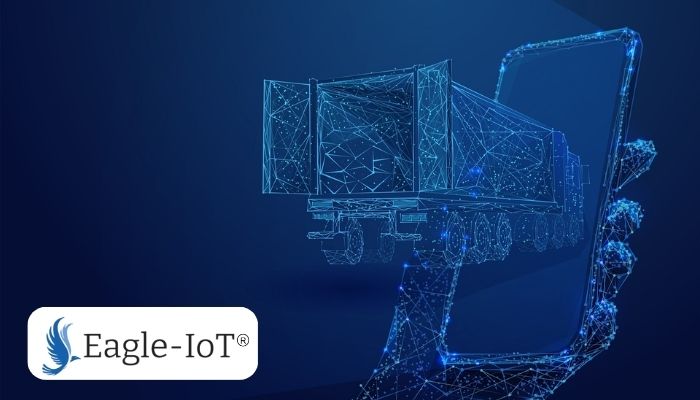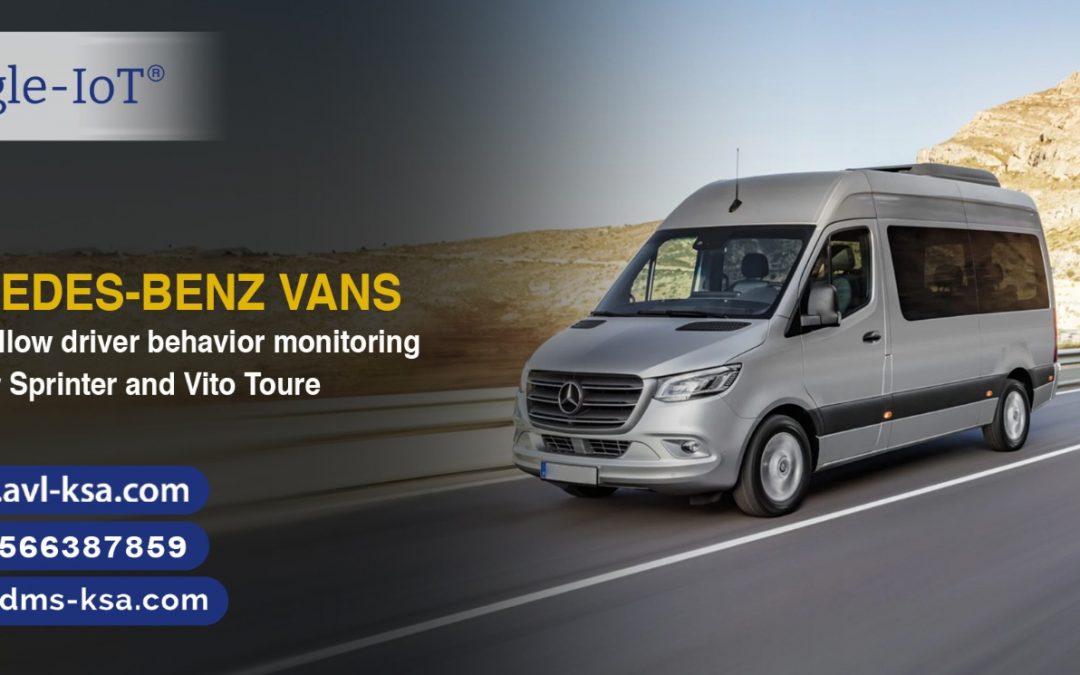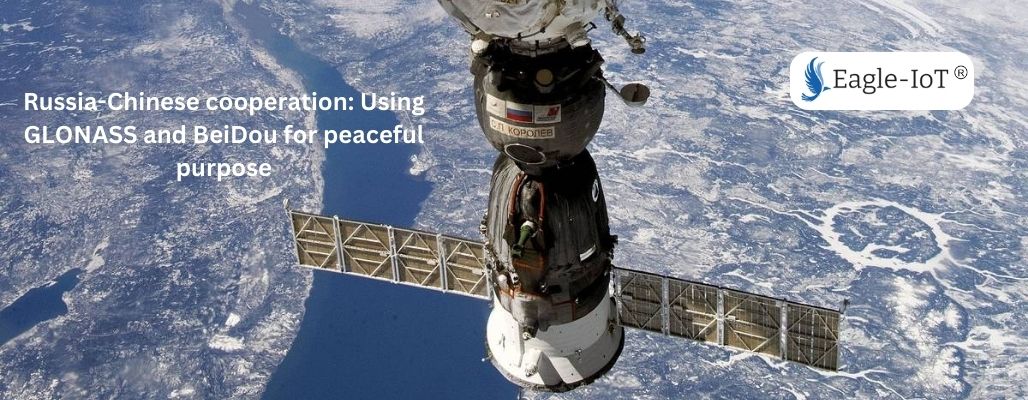
Russia-Chinese cooperation: Using GLONASS and BeiDou for peaceful purposes
Russia-Chinese cooperation: Using GLONASS and BeiDou for peaceful purpose
On July 26th, Russia passed a law named “On ratification of the agreement between the Government of the Russian Federation and the Government of the People’s Republic of China on cooperation in the use of GLONASS and Beidou global navigation satellite systems for peaceful purposes” which approves the cooperation of using GLONASS and BeiDou for peaceful purposes between Russia and China.
According to the report, the law was approved at a meeting of the Council of Federation of the Federal Assembly of the Russian Federation. The intergovernmental agreement was initially signed in Beijing, on Nov 27th, 2018 during the 23rd regular meeting of the heads of government of Russia and China. Under the agreement, both the countries are planning to place measuring stations in their own countries for the other country’s GNSS, on a reciprocal basis.
This agreement provided the framework for institutional and legal cooperation in the development and manufacturing of civil navigation equipment using GLONASS and Beidou systems. Not only this, but it will also establish cooperation in the development of Russian-Chinese standards for the application of navigation technologies. Moreover, it will also set standards for controlling and managing the traffic flow across the world’s sixth-longest international border (4,200 kilometers long) between Russian and China.


